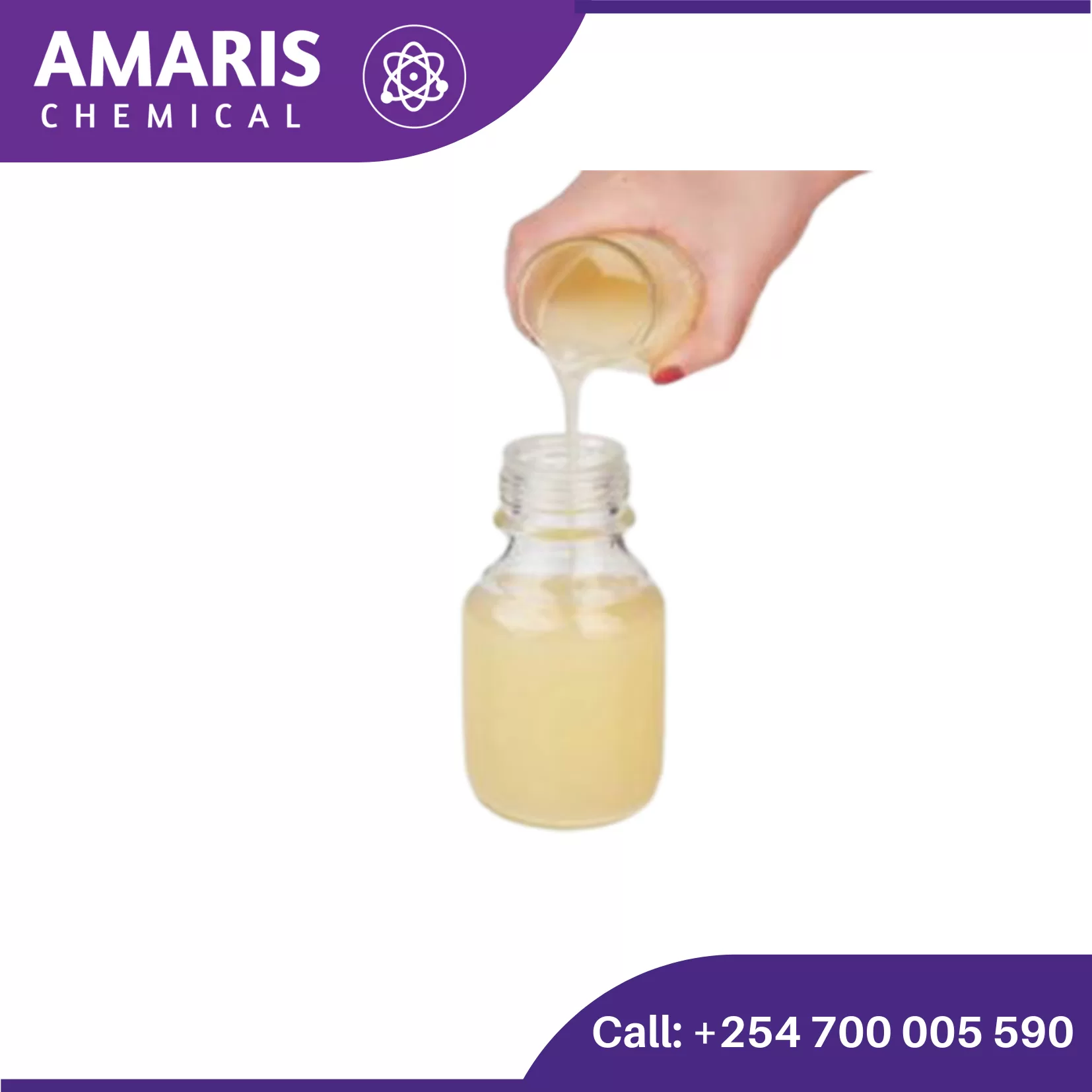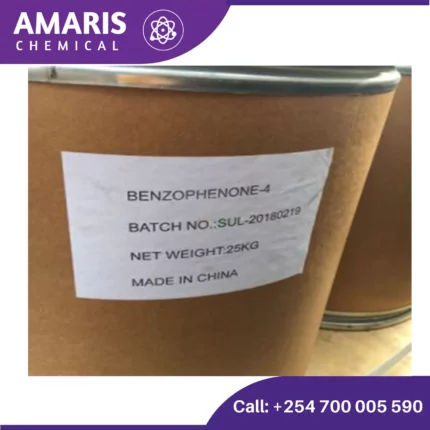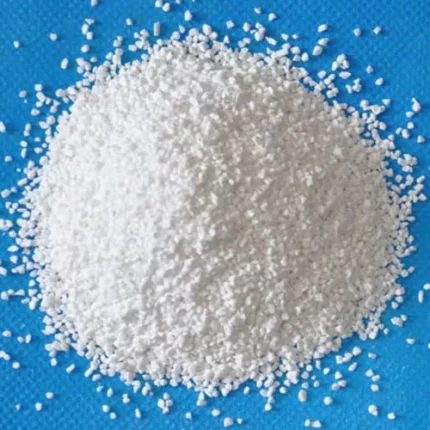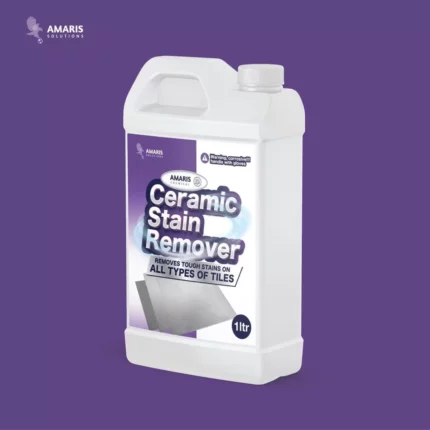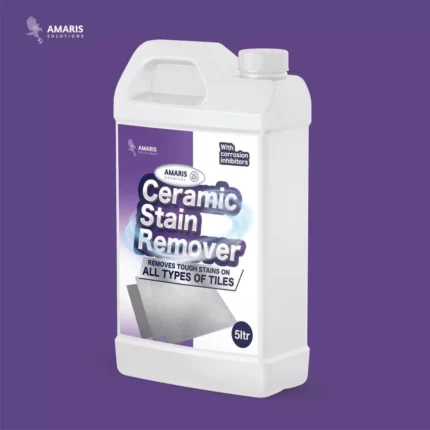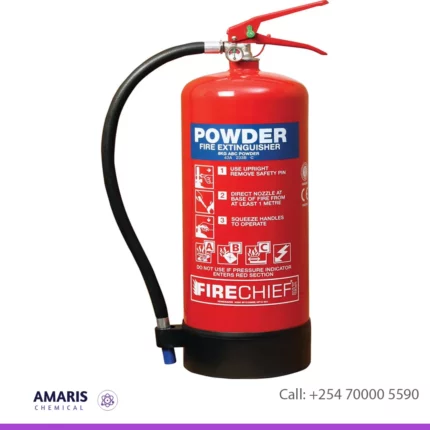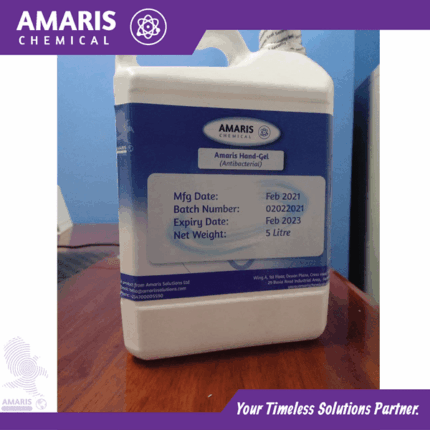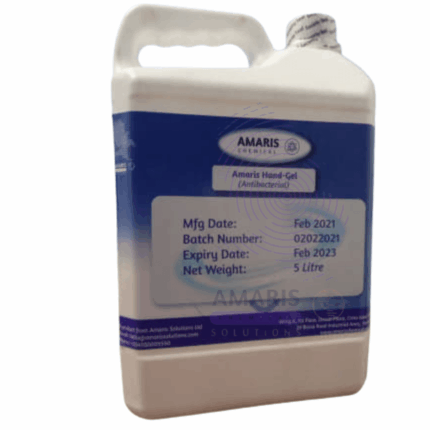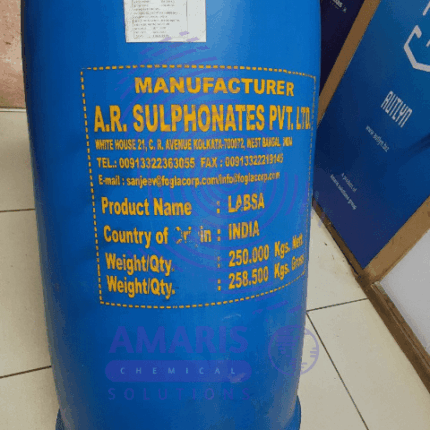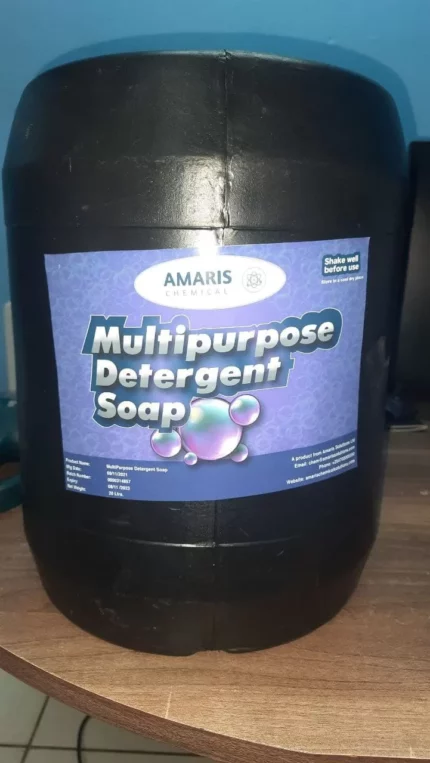“Ceramic Stain Remover(5litres)” has been added to your cart. View cart
“Ceramic Stain Remover(5litres)” has been added to your cart. View cart
Defoamer
A defoamer, also known as an anti-foaming agent, is a chemical additive that reduces and eliminates foam formation in liquids. Foam is formed when gas is trapped in a liquid, and it can cause problems in various industrial processes, such as in the production of food and beverages, pulp and paper, and wastewater treatment. Defoamers work by destabilizing foam bubbles and breaking them apart, allowing the gas to escape from the liquid. They typically contain surfactants or oils that spread over the surface of the liquid to disrupt foam formation. Defoamers are available in various forms, including liquid, powder, and emulsion, and are used in a wide range of industries to improve process efficiency and product quality
SKU:
ACS48141CHEM0
Categories: Antifoaming Agents, Surfactants
Description
Defoamer
- Food and Beverage Industry: Defoamers are used in the production of food and beverages to prevent foam formation during processing and packaging. They are used in the production of beverages like beer, soft drinks, and fruit juices, as well as in food products like soups, sauces, and dairy products.
- Water Treatment Industry: Defoamers are used in wastewater treatment plants to prevent foam formation during the treatment process. Foam can interfere with the efficient operation of the treatment process and can also lead to safety hazards.
- Chemical Manufacturing Industry: Defoamers are used in the chemical manufacturing industry to prevent foam formation during the production of various chemicals and petrochemicals.
- Pulp and Paper Industry: Defoamers are used in the pulp and paper industry to prevent foam formation during the papermaking process. Foam can cause defects in the paper and can also lead to reduced production efficiency.
- Textile Industry: Defoamers are used in the textile industry to prevent foam formation during the dyeing and printing process. Foam can interfere with the penetration of the dye and can also cause defects in the finished product.
- Paints and Coatings Industry: Defoamers are used in the paints and coatings industry to prevent foam formation during the production and application of paints and coatings. Foam can cause defects in the finish and can also reduce the adhesion of the coating to the surface.
Shipping & Delivery
Related products
Amaris Basic Laundry Detergent.
Login to see prices
Rated 5.00 out of 5
Ceramic Stain Remover(1 Litre)
Login to see prices
Rated 5.00 out of 5
Ceramic Stain Remover(5litres)
Login to see prices
Rated 5.00 out of 5
Hand Gel
Login to see prices
Rated 5.00 out of 5
Labsa (Ufacid) 90% 250 kg Drum
LABSA stands for Linear Alkyl Benzene Sulfonic Acid, which is an anionic surfactant commonly used in the production of detergents and other cleaning products. It is produced by sulfonating linear alkyl benzene (LAB), which is derived from crude oil or kerosene. LABSA is a brown viscous liquid with a strong odor and is highly soluble in water. It is a versatile surfactant that has excellent foaming and cleaning properties and is widely used in various industries, including household cleaning, personal care, and textile processing.
Multipurpose detergent Soap
Login to see prices
Rated 5.00 out of 5
Sodium Lauryl Ether Sulphate (SLES Ungero)
Sodium Lauryl Ether Sulfate (SLES) is an anionic surfactant commonly used in various personal care and cleaning products. It is derived from lauryl alcohol and ethylene oxide, followed by sulfation to produce the final compound. SLES is known for its excellent foaming and cleaning properties, making it a popular ingredient in shampoos, body washes, toothpaste, and household cleaners.
As a surfactant, SLES acts as a detergent and emulsifier, helping to remove dirt, oil, and grease from surfaces. It lowers the surface tension of liquids, allowing them to spread and penetrate more effectively. Additionally, SLES can create a rich and stable foam, enhancing the cleansing experience.
It's worth noting that SLES can be derived from natural or synthetic sources, and its production may involve the use of petroleum-based ingredients. However, formulations can vary among manufacturers, so it's important to check product labels or consult the manufacturer directly for specific information on the origin and processing of SLES.

